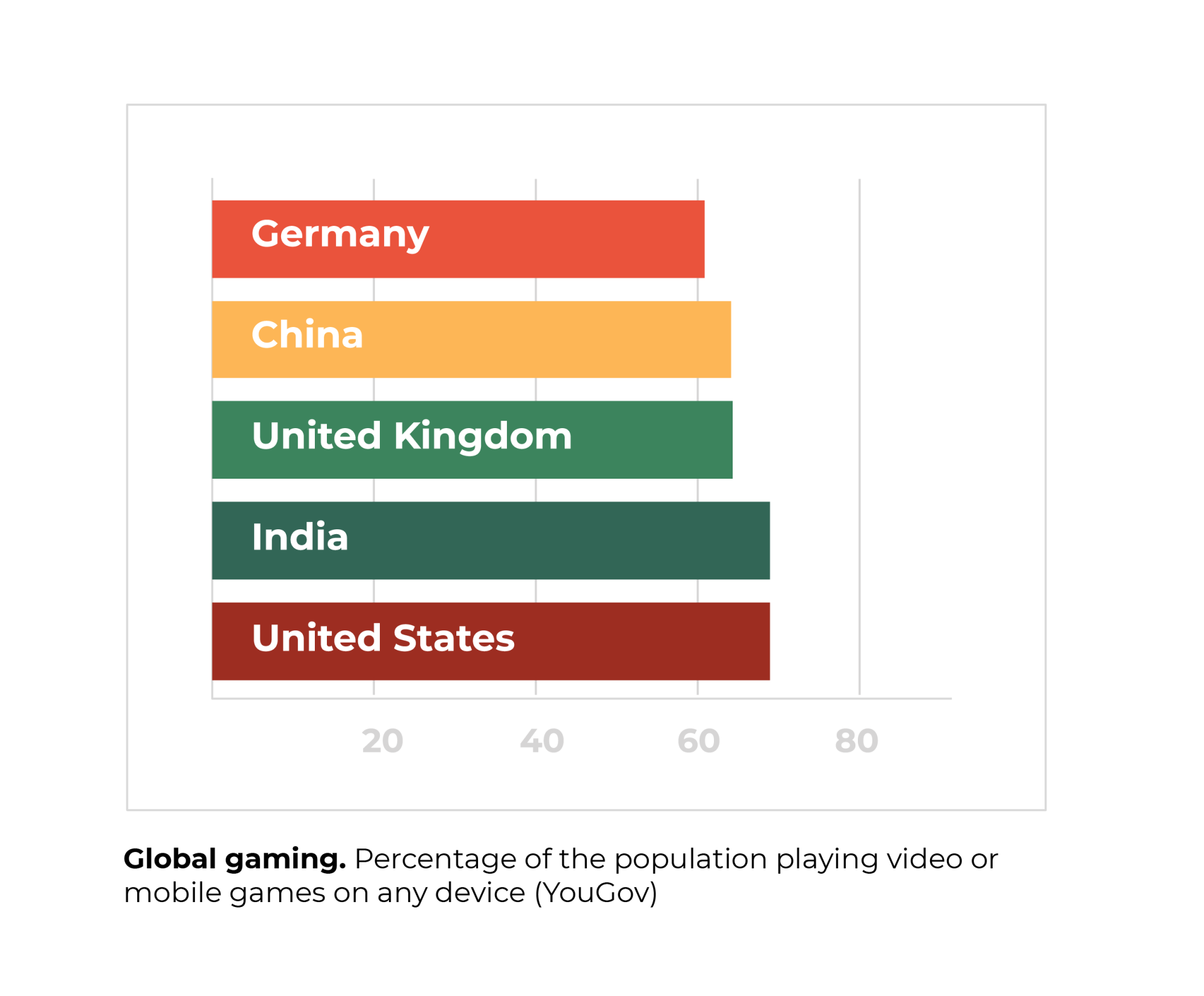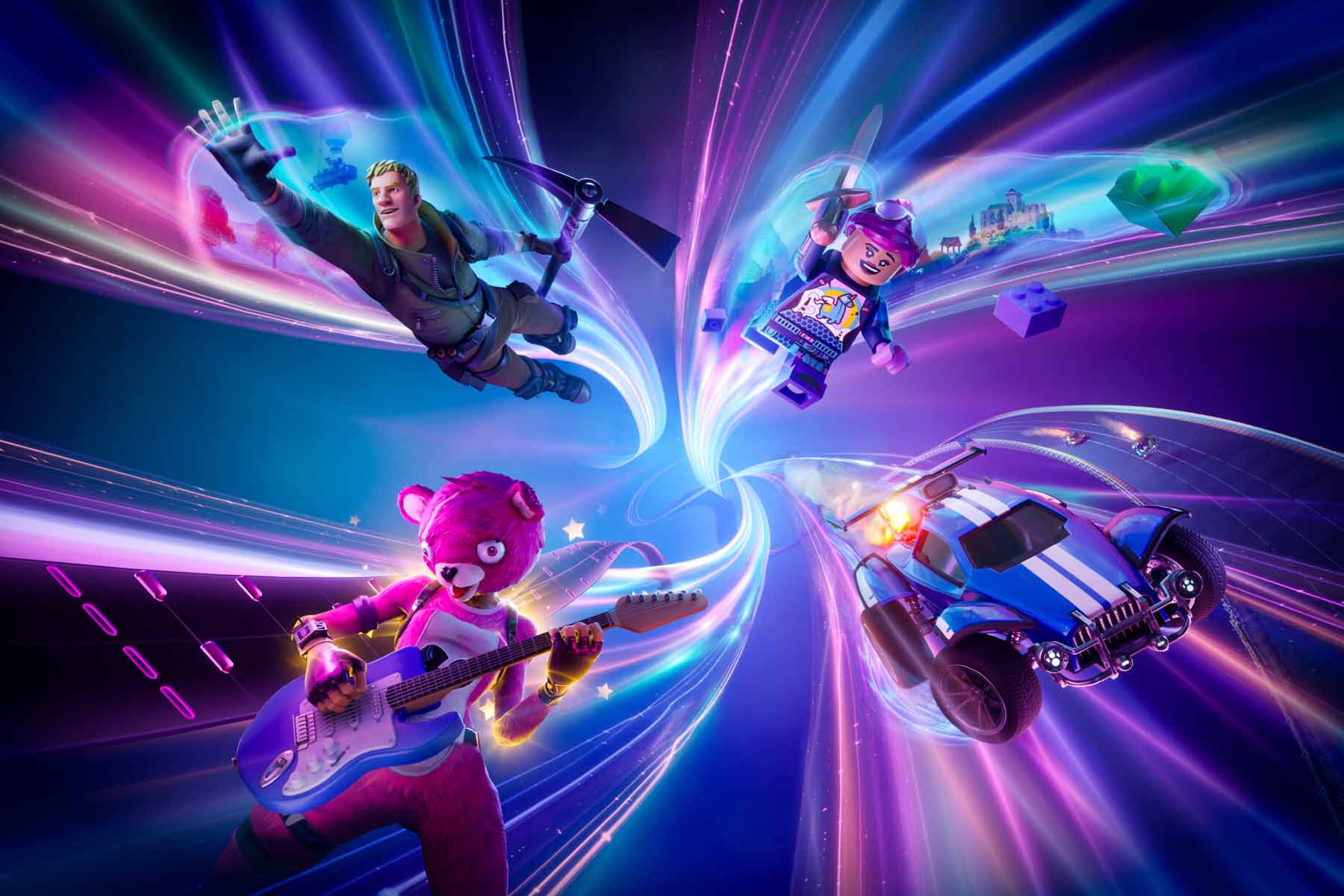
Gaming in the 2020s: reach, rewards and the new meditation
Understanding the scale of the opportunity in gaming and what brands can expect to gain from their efforts
2020 was a breakthrough year for gaming. In recent years, the sector had been steadily growing in the marketing community but it was yet to become a mainstream consideration. It had neither been seriously appraised for its reach potential nor wholeheartedly embraced as a lever for driving brand connection.
Enter a global pandemic, with an enforced focus on home entertainment and people spending more time with their children. One of the many effects was a huge increase in exposure to and the exploration of gaming. With widespread news coverage of stand-out, family-friendly titles like Animal Crossing, resulting in a greater understanding of its appeal, gaming entered the general consciousness of consumers and marketers alike.

From tribes to moments
For brands to navigate this space effectively, they must understand the variation in users’ behaviours and motivations. This is not just because the category is so broad but because individual players drop in and out at different points, roaming the ecosystem depending on their momentary need states.
As happens in many other categories, it’s tempting to think of gaming audiences in terms of ‘tribes’ – for example, the hardcore gamer versus the casual gamer. Many gamers have firm preferences, gravitating towards certain devices, genres and ways of engaging. But as their needs are seldom fixed, it’s most helpful to think of gaming in terms of moments in time.
From this perspective the full potential of gaming starts to reveal itself; some gaming moments present a social occasion while others are akin to deep meditation. For many players gaming is their passion, so each moment is about indulging in their hobby, while many other gaming moments represent nothing more than a desire to pass the time.
It’s also important to understand that gaming interest behaviour extends far beyond just the act of playing. In the same way that leveraging fans’ interest in film, sport or music is possible outside the cinema, a live broadcast or the streaming of a playlist, gaming has a whole ecosystem of content wrapped around it. From video streaming to publisher content, and subreddits to live esports events, gaming fans are thoroughly spoiled with ways to engage.
To understand the opportunities to connect with audiences in this space, and select the most relevant ones for specific brand or campaign objectives, we must unpick the different types of gaming moments and the reasons behind each particular engagement at that point in time, on that platform and in that context.
published on
19 May 2021
Category
More in Technology & data

How to build your brand in-game
A new research report from WPP and SuperAwesome

WPP puts itself at the heart of collaborative 3D worlds
Pixar's 3D animation file format – USD – is the invisible building block of our digital 3D future.

A clarion call for AI, accessibility & advertising
Innovating at the intersection of AI, accessibility, and advertising

